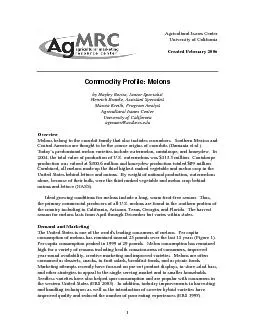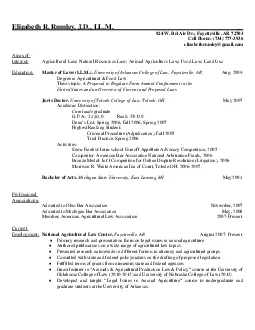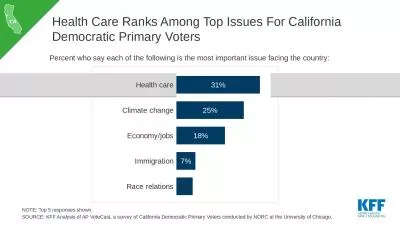PDF-Agricultural Issues Center University of California Created February 2
Author : kittie-lecroy | Published Date : 2015-09-03
1 Commodity Profile Melons by Hayley Boriss Junior Specialist Henrich Brunke Assistant Specialist Marcia Kreith Program Analyst 3 popularity Today not only is the
Presentation Embed Code
Download Presentation
Download Presentation The PPT/PDF document "Agricultural Issues Center University of..." is the property of its rightful owner. Permission is granted to download and print the materials on this website for personal, non-commercial use only, and to display it on your personal computer provided you do not modify the materials and that you retain all copyright notices contained in the materials. By downloading content from our website, you accept the terms of this agreement.
Agricultural Issues Center University of California Created February 2: Transcript
Download Rules Of Document
"Agricultural Issues Center University of California Created February 2"The content belongs to its owner. You may download and print it for personal use, without modification, and keep all copyright notices. By downloading, you agree to these terms.
Related Documents














